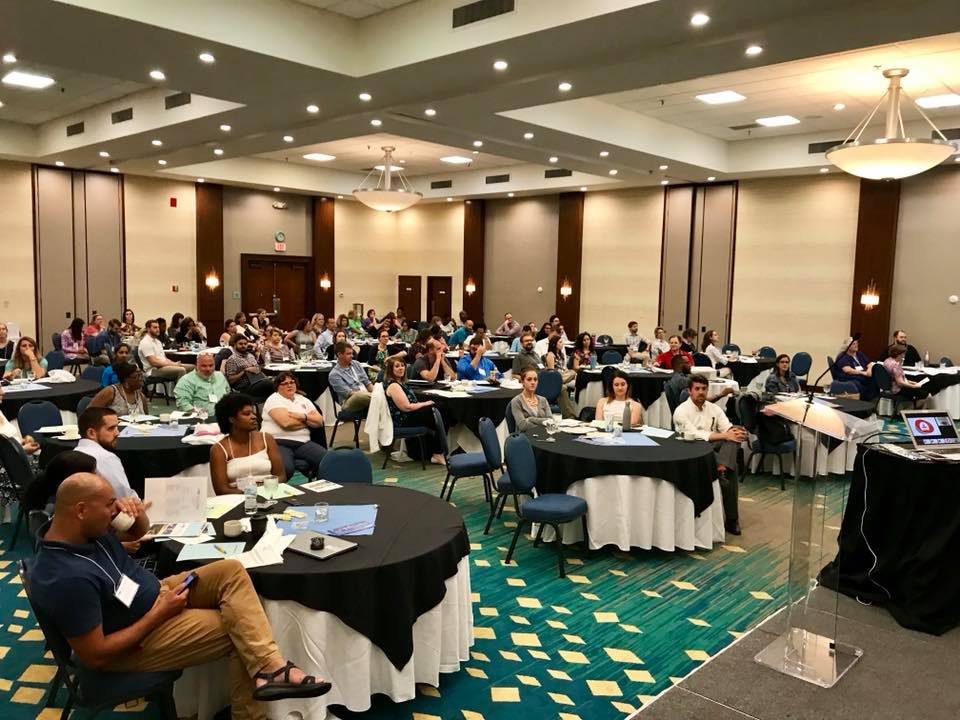
Jon Stehle recaps the findings from a recent survey on budget processes used by local government.
Governments are hiring in the field of finance, which includes their need to address the challenges and complexities of budget management. The budgeting profession is seeing considerable transformation as practitioners incorporate and integrate emerging technologies and increased access to data with a greater focus on improving processes for evaluation and management of fiscal, operational and strategic issues.
Local governments experiment and adopt a multitude of approaches to developing and implementing their budgets. This creates a growing need for staff to expand their base of knowledge and skill sets to better implement the goals and objectives of elected officials, ensure efficient and effective delivery of services demanded by citizens, and ensure a solid, sustainable fiscal position.
In order to best prepare “Budgeteers” for the present environment and the future, we must identify where practitioners, academic programs, professional development, and technology providers can work together to enhance capacities and meet and exceed the expectations of elected officials, senior management and citizens. The Performa Group, in partnership with ELGL, is taking a lead role determining these needs to enable greater success for “The Path Forward” in public budgeting.
This summer, Performa surveyed members of ELGL and the North Carolina Local Government Budget Association to determine the emerging skills and technological advancements practitioners are looking for. The data we gathered suggests five critical needs for improving budget process and technology:
1) Enhanced Tracking of Budget Decisions and Adjustments: Preparing a budget involves rounds of internal deliberation at multiple levels within a jurisdiction. Department heads review the work of their supervisors, budget staff evaluate proposals and senior management must consider requests across multiple programs and services. All of these steps take place before a proposed budget is presented, and deliberated on, by elected officials. How are these steps recorded? Do jurisdictions have access to a system where each change is separately recorded, providing a clear chronology with the power to enhance institutional knowledge and mitigate confusion as decisions have to be made, and made again? How do we incorporate the “straw polls” and interaction between the “budget team” and a City Council or County Commission?
2) Payroll Forecasting: For most jurisdictions, at least 60% of total annual budgets in general governmental funds is allocated for employee pay and benefits. Accurate forecasting of these expenditures, including the impact of benefits, pay increases, changes in salary ranges and vacancy rates is a growing need for counties and municipalities of all sizes. The ability to run multiple scenarios to develop options in decision making, especially when revising compensation plans or allocating resources for broad increases in pay and/or benefit costs, is a service more and more governments need in an automated format, enabling faster analysis and less dependence on confusion, off-line tables and files.
3) Capital Planning: Beyond the needs of improving annual budgeting, local governments also seek ways to automate the creation, adjustment, review and management of multi-year Capital Improvement Programs (CIPs). Despite the develop of some independent solutions, most counties and localities rely on spreadsheet-based entry solutions providing no resources for tracking of adjustments, or integration with General Ledger and budgeting systems.
4) Budget Document Preparation: For most counties and localities, receiving the Government Finance Officer Association’s (GFOA’s) Distinguished Budget Presentation Award is an ultimate goal of developing an effective budget program, as a presentation and a decision-making process. Software capable of meeting award requirements with ready-made reports used throughout deliberation, as well as expanding knowledge on how jurisdictions can effectively communicate complex data, will dramatically help improve the quality of applications across the globe.
5) Ensuring Alignment with Strategic Goals: Elected officials, along with GFOA and ICMA, emphasize greater importance now of practitioner-prepared budgets directly reflecting stated strategic goals and policies of Councils & Commissions. Enabling this necessity, especially with respect to how and where public funds are appropriated and spent, will provide substantial benefit to jurisdictions and practitioner who adopt concepts early, apply consistently and communicate effectively across all levels of representation and constituency.
Moving ahead, faculty, trainers, consultants and technology providers need to focus attention on helping “Budgeteers” obtain the knowledge, and resources, necessary to effectively master these key areas. For Performa, this means adapting delivery of modules in our products, enabling effective capturing of budgeting data to facilitate better, tracking, forecasting, long-range planning, documentation and strategic alignment. We look forward to sharing with ELGL members the results of continued research in this area, and we welcome your feedback.
To learn more about Performa or read the Abstract of Technology & Process in Local Budget Development: Keys to the Path Forward, please visit www.theperformagroup.com. In addition, the team would like to thank Heather Moline for her work on this effort as part the Oregon Summer Fellowship.
